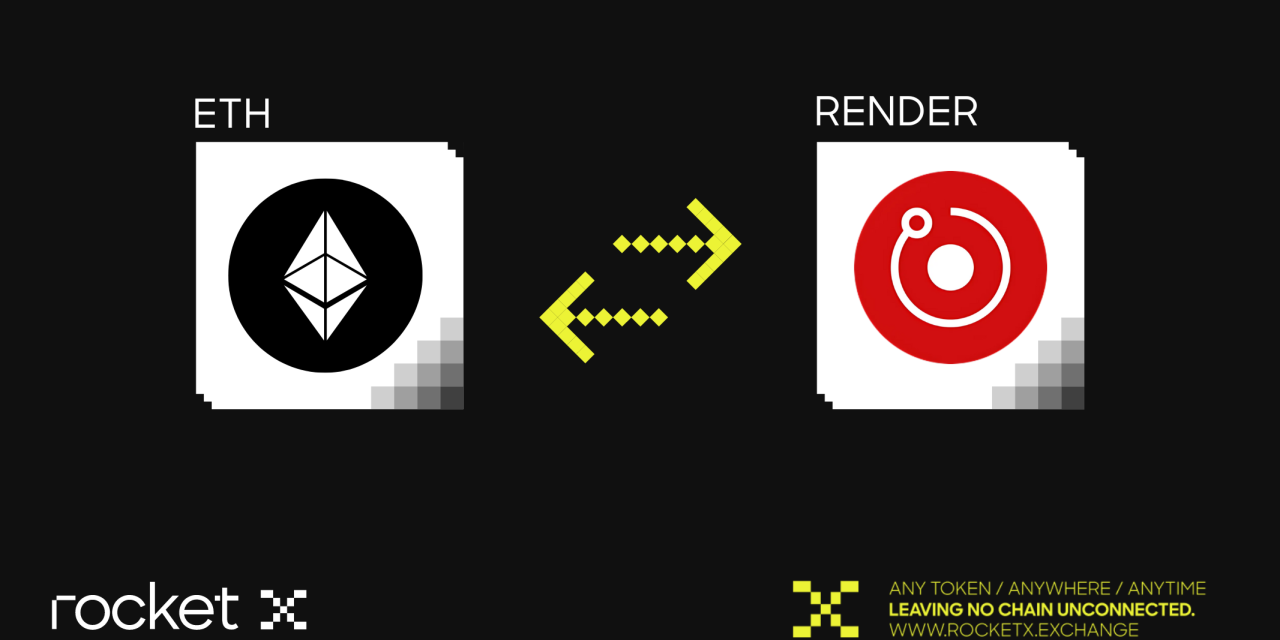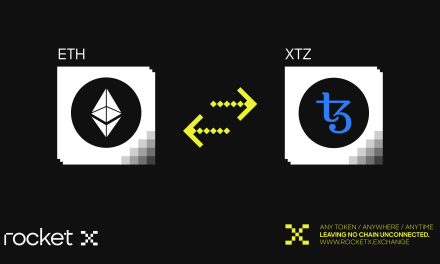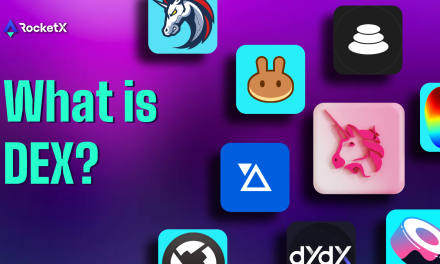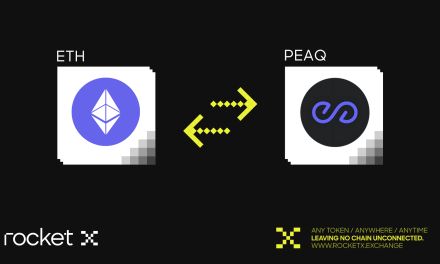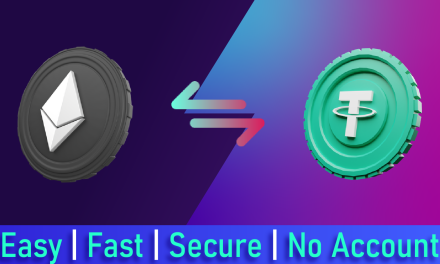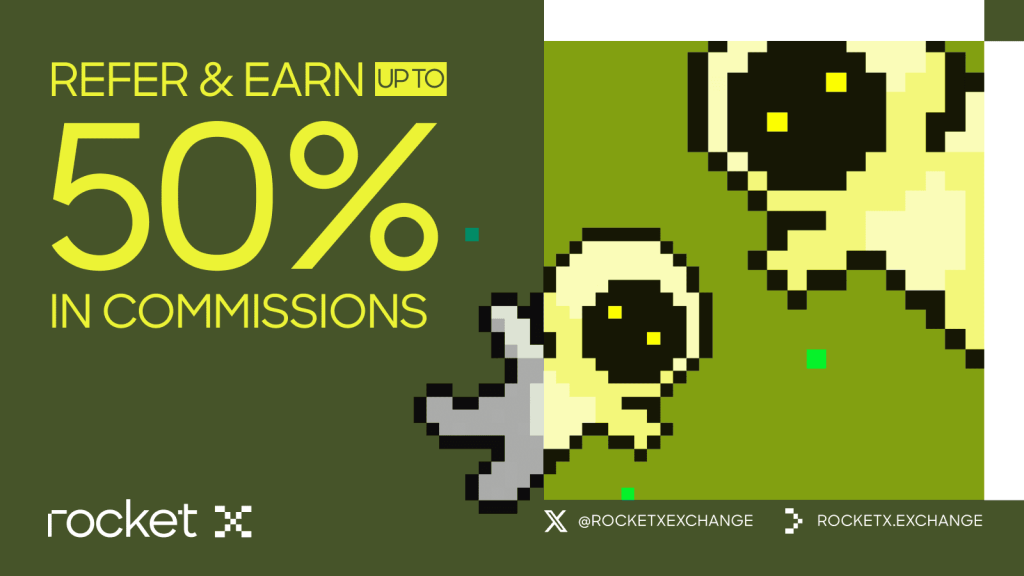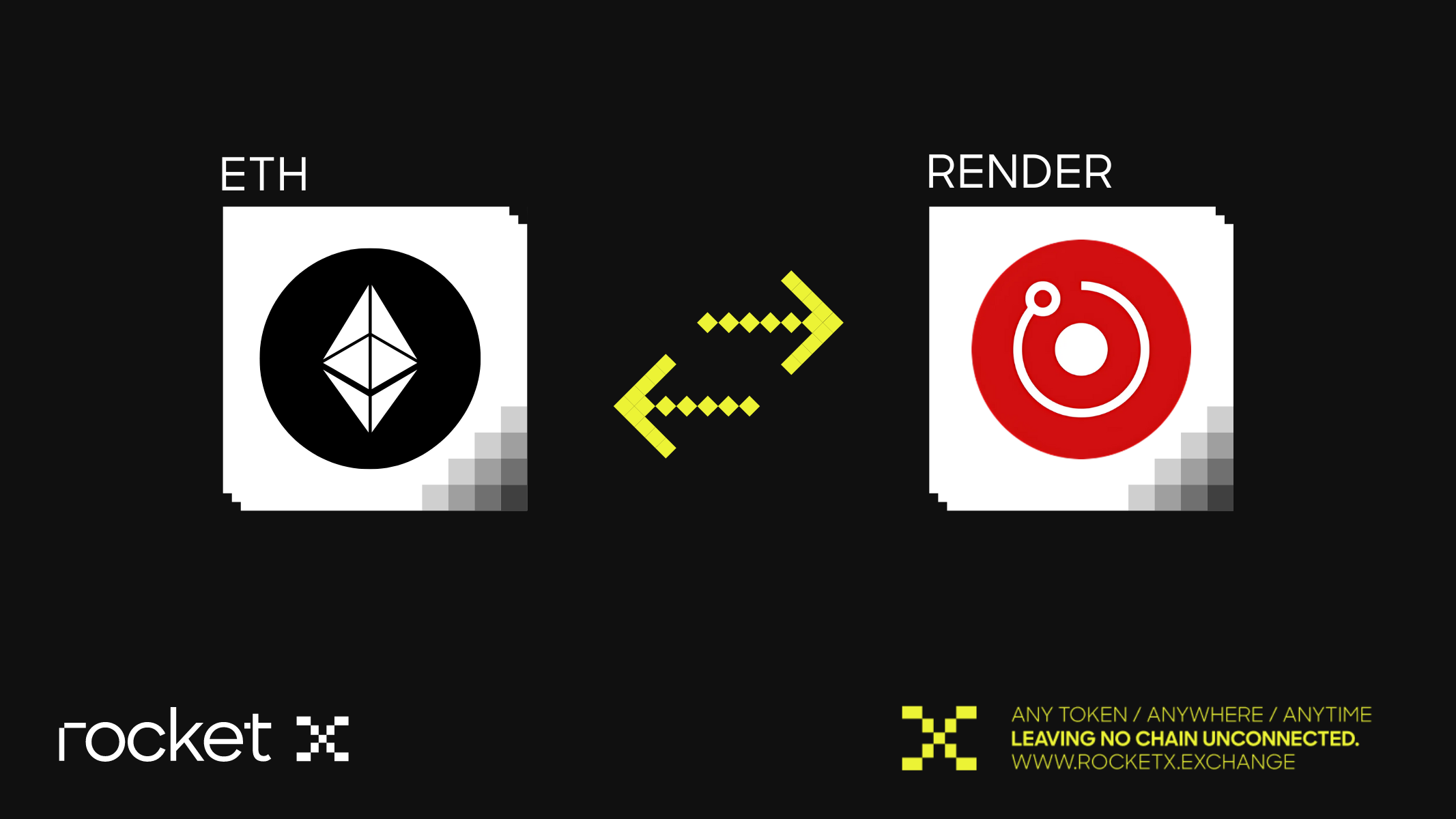
Render Network is an innovative decentralized platform that leverages idle GPU power globally, offering near-limitless rendering capacity at a fraction of the usual cost. This groundbreaking approach is revolutionizing how creators, developers, and industries access computational power for tasks such as rendering and AI processing.
Founded by OTOY Inc., a leader in cloud rendering, the platform launched in 2020 on Ethereum. However, by 2023, the team transitioned to Solana to take advantage of lower costs and enhanced scalability. Along with this shift, the native token evolved from RNDR to RENDER, aligning with Solana’s infrastructure and adding new capabilities.
What is Render Network?
At its core, Render Network enables the decentralized exchange of GPU power, allowing users to tap into high-performance computing without the burden of costly hardware. The platform fosters a collaborative ecosystem by connecting node operators, who provide unused GPU resources, with creators who need them for 3D rendering or AI tasks.
Powered by the RENDER token, this system facilitates payments, governance, and rewards, making it a leader in GPU-based decentralized computing. Industries ranging from gaming to film and AI development have all benefited from this efficient model.
How This Network Operates
This Network operates as a peer-to-peer marketplace, connecting creators in need of GPU power with node operators who have idle GPU resources available. This decentralized model allows creators to access high-performance computing without the expense of purchasing and maintaining hardware. Whether for rendering 3D graphics or performing AI computations, creators can post job requests with specific resource requirements.
Node operators can fulfill these tasks based on their hardware capabilities, and both parties interact through secure smart contracts. These contracts automatically manage the transaction, ensuring transparency and security throughout the process. Once a job is completed and approved by the creator, the smart contract releases the agreed-upon payment in RENDER tokens to the node operator.
A key feature of thus Network is its flexible pricing tiers, which make the platform accessible to a wide range of users. Whether you’re an individual artist working on a small project or a large enterprise needing significant GPU resources, you can find services that match your budget. This flexible, decentralized model also benefits node operators, who can earn tokens by contributing excess computing power, creating a mutually beneficial ecosystem for all participants.
The Shift to Solana: Why It Matters
In 2023, This Network migrated from Ethereum to Solana to enhance scalability and reduce transaction fees. This strategic shift allowed the platform to process more transactions efficiently while minimizing costs for users. Along with the migration, the token was rebranded from RNDR to RENDER, unlocking new capabilities such as real-time streaming and more efficient token management.
A key benefit of this move was the implementation of the Burn and Mint Equilibrium (BME) system, which regulates token supply by burning a portion of tokens used in transactions while minting new ones to reward node operators and liquidity providers. This mechanism ensures a balanced and sustainable ecosystem.
By transitioning to Solana, this Network solidified its position as a leader in Decentralized Physical Infrastructure Networks (DePIN) and the rapidly growing AI sector, making it a more scalable and cost-effective solution for GPU rendering and AI processing needs.
The Role of the RENDER Token: Payments, Governance, and Beyond
The token is essential to the platform, enabling smooth transactions between creators and node operators. Creators use tokens to pay for the GPU resources required for tasks such as rendering and AI computations, while node operators are rewarded in tokens for providing their computing power. Beyond facilitating payments, it plays a vital role in governance. Token holders can participate in Snapshot voting, influencing key decisions and updates, which promotes a community-driven approach to the platform’s growth.
Why Use RENDER: Key Benefits and Applications
The token is highly valuable for industries that demand significant computational power. Users can access resources on a pay-per-use basis, avoiding the need to invest in expensive hardware. The platform’s decentralized model opens up GPU power to smaller studios, artists, and developers, democratizing access.
Industries like film, gaming, product design, and AI research rely heavily on these resources. Whether rendering complex visual effects or training AI models, Render’s decentralized model makes these tasks more affordable and accessible.
How to Buy RENDER Using RocketX Exchange
Purchasing this token on RocketX is quick and hassle-free. Thanks to the platform’s seamless wallet integration and cross-chain swapping capabilities, users can easily swap assets across different networks. There’s no need to create an account or go through lengthy sign-up processes—simply follow these steps:
- Connect Your Wallet: Head over to RocketX and connect your preferred wallet, such as MetaMask, Coinbase, or any Solana-compatible wallet. No registration is required, making the process seamless.
- Select the Network and Token to Trade: Choose the network and cryptocurrency you currently hold (e.g., ETH, BTC, or USDT). Then, set Solana as the destination network and select RENDER as the token you wish to acquire. For this example, we’ll swap Ethereum for RENDER tokens.
- Enter the Amount: Input the amount of cryptocurrency you want to convert. Be sure to have enough balance to cover the necessary transaction fees.
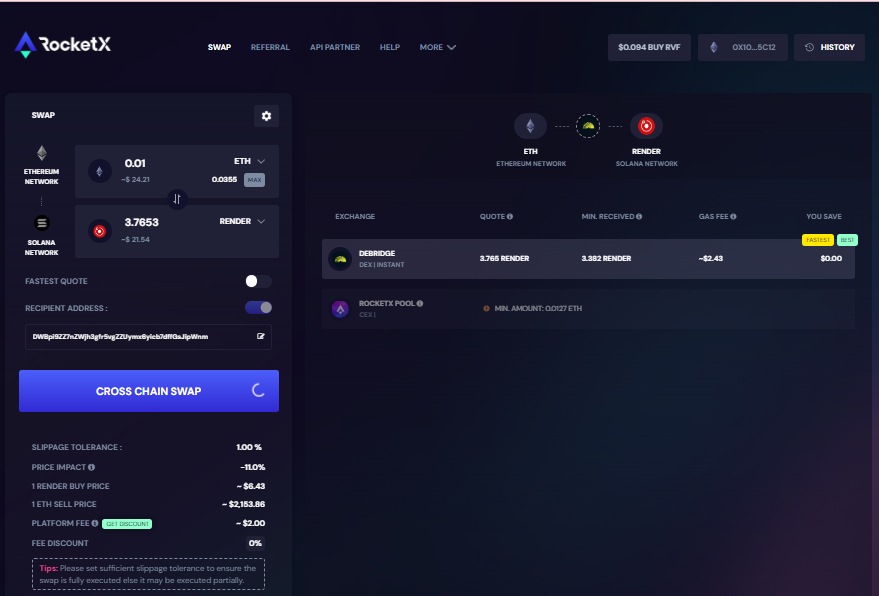
4. Review and Confirm Your Cross-Chain Swap: Carefully review all transaction details, including the source and destination networks and wallet addresses. Double-check everything before proceeding. Once confirmed, hit Cross Chain Swap to initiate the process and confirm the swap in your wallet. After the transaction is completed, your newly acquired tokens will be securely stored in your wallet.
Best Wallets to Store RENDER Tokens
There are several Solana-compatible wallets for storing your tokens. Phantom is our top recommendation for ease of use and reliability, offering seamless integration with Solana dApps. Solflare is another solid option, especially for those looking for enhanced security with Ledger integration. For users seeking easy onboarding, Torus allows login via Google or Facebook, simplifying the process. For maximum security, Ledger Nano X or Nano S provides offline storage, safeguarding your tokens against online threats.
Is RENDER a Good Investment?
Given its leading position in GPU rendering and AI, RENDER is seen by many as a promising long-term investment. Its unique value in decentralized computing, along with its broad industry applications, makes it attractive to investors. However, as with any cryptocurrency, it’s essential to conduct thorough research before investing.

